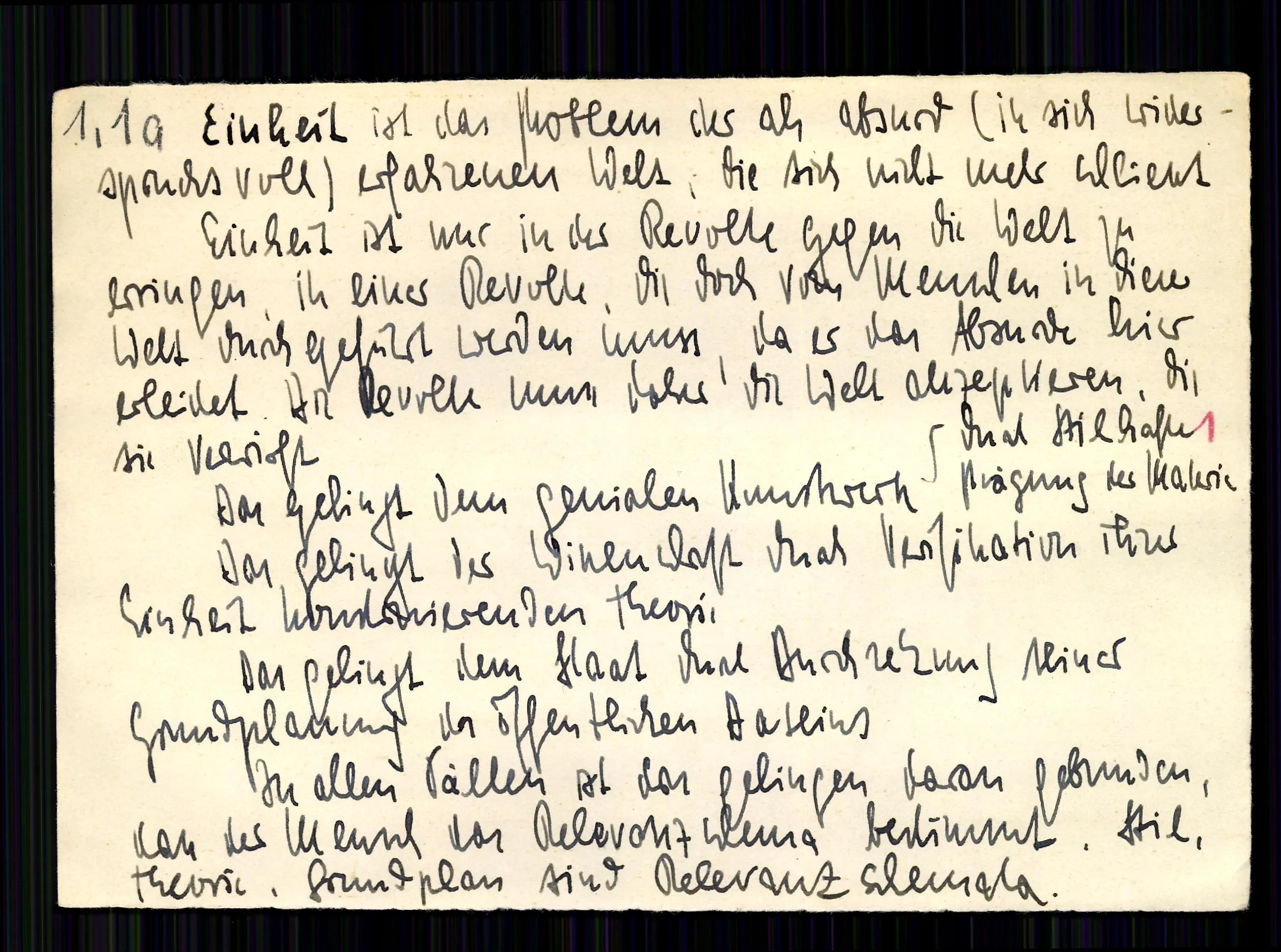Using Zettelkasten
Working on my “today I learned” (which at the point of writing is the name of the section for my notes), I researched note-taking methods. One such method I encountered again and again was the Zettelkasten (engl. Slip-Box) by german sociologist Niklas Luhmann.
Luhmann described it as a “tool for thought” or even a second brain.
1 Idea behind the Zettelkasten
Luhmann has used his Zettelkasten to capture all of the knowledge and ideas he acquired over the years and connected them. He assigned a unique id to every Zettel (engl. note-card) and referenced those on subsequent Zettel, creating a web of thoughts.
 © niklas-luhmann-archiv.de | CC-BY-NC-SA 4.0
© niklas-luhmann-archiv.de | CC-BY-NC-SA 4.0
Trying to distill the types of notes, he used, I found those three:
- Fleeting notes: Quick thoughts on something. Meant to be discarded or turned into other notes
- Reference notes: Notes on consumed media. This used to be books, but can also be Youtube videos etc. nowadays.
- Evergreen notes: Larger notes containing thoughts originated by consumed media and fleeting notes.
2 Process
Everyone seems to have a slightly different process, this is what made sense to me.
- Taking notes on what I consume (fleeting notes).
- Reviewing fleeting notes and rewriting them onto a card in my own words.
- Creating a new note, based on either a single thought. I have to write them in a way so I can make sense of them 5 years down the line.
- Connecting the note to other notes. Ideally notes would not stand alone. It is very likely there is a source note that sparked an idea.
- Rinse and repeat
3 Interesting thoughts
While researching this I came across the following thoughts:
- Luhmann was bound by physical constraints. Replicating those forces me to keep my thinking short and to the point. (around 200 words)
- I can benefit from two-way linking between notes and see where a note is linked from. (only when doing this in a digital way)
- As the system scales, having an index can help me to quickly find topics again.